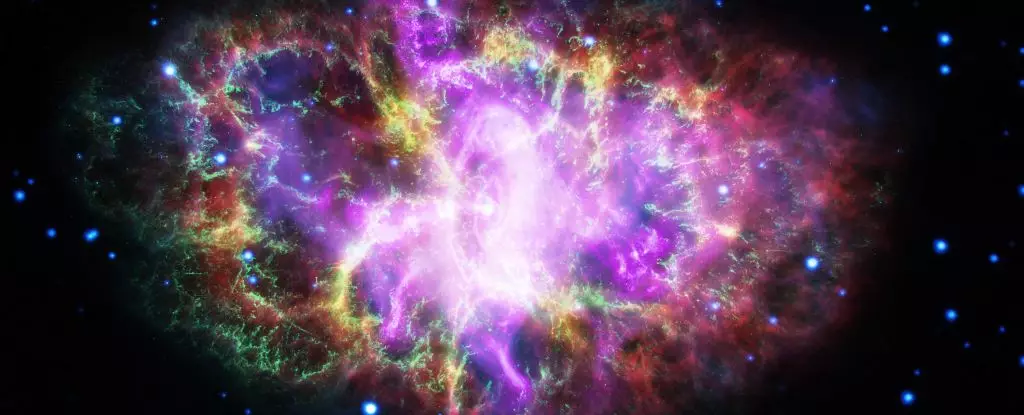As I gazed through my telescope set up for astrophotography in my back yard amidst the light-polluted skies of San Diego, I had the exquisite opportunity to glimpse the Pinwheel Galaxy—an iconic marvel situated 25 million light-years away from Earth. The sheer scale of this cosmic entity is awe-inspiring, comprising about a trillion stars beckoning us to ponder the vastness of the universe. It was during this surreal moment, as the image of the galaxy flickered across my tablet screen, that my wife, Cristina, posed an innocent yet profound question: “Doesn’t light get tired during such a long journey?”
This question opened the floodgates to a rich discussion about the nature of light and its uncanny properties. Light is an electromagnetic phenomenon, essentially a wave comprised of oscillating electric and magnetic fields, and its behavior often diverges from our everyday intuitions. Consequently, explaining light’s travel across immense cosmic distances without losing energy demands a deeper understanding of its fundamental characteristics.
The Nature of Light: Speed and Unbroken Journey
One of the most fascinating aspects of light is its ability to travel at an incredible speed—approximately 186,000 miles per second (or 300,000 kilometers per second) in a vacuum. This extraordinary velocity allows light to traverse the immense expanses of space, and because light possesses no mass, it reaches this speed uninterrupted. To illustrate the astounding rapidity of light, consider that during the duration of a simple blink, a particle of light could circumnavigate the Earth more than twice.
Despite this ability to maintain its speed, the journey undertaken by light is fraught with distances that pose an interesting dilemma. For instance, the sunlight we experience on Earth is actually 8 minutes old, as it takes that long to travel from the Sun to our planet, covering about 93 million miles. Similarly, the closest star to us, Alpha Centauri, is a staggering 26 trillion miles away, meaning its light reaches us after a wait of over four years. The truth is undeniable: while light travels swiftly, the distances across which it must journey are equally mind-boggling.
Light and Energy: The Myth of Tiredness
To address Cristina’s curiosity regarding whether light grows fatigued during its travels, we must consider what occurs to light as it traverses the cosmos. While some light does indeed lose energy as it interacts with particles—such as dust in space—most of it ventures through the void of space unscathed. The nature of space is such that it remains largely empty, promoting the free flow of light without hindrances that would necessitate energy loss. Therefore, when unimpeded, light retains its initial energy and speed indefinitely.
Moreover, light’s journeys through space introduce another captivating dimension: time. Einstein’s theory of relativity reveals that time is not an absolute measure but rather a relative concept influenced by speed and gravitational force. A fascinating thought experiment involves visualizing oneself riding a photon. Here, one would experience maximum time dilation, effectively halting the passage of time. In the context of our understanding of the cosmos, this means that while light maintains a brisk pace across the universe, the actual journey from the distant Pinwheel Galaxy to my backyard becomes a mere instant in its own frame of reference.
Time Dilation and Cosmic Compression
When pondering these concepts, one might find it fascinating to tackle the idea of space and its relationship with travel speed. As objects approach the speed of light, the distances they cover contract—effectively compressing the space ahead of them. To a photon, the seemingly tediously long journey from the Pinwheel Galaxy to Earth might actually appear as an infinitesimally brief traverse, collapsing eons of travel into a mere flash.
This phenomenon beautifully illustrates the disconnect between human perception of cosmic events and the reality experienced by light itself. For the photon itself, the emission of light from a distant star to its reception in our telescope happens virtually instantaneously, contrary to the 25 million-year timeline we attribute to its journey from our perspective.
As images from the universe flicker across our devices, the accompanying revelations about light’s nature serve to illuminate our understanding of the cosmos. With every observation, we not only witness the enigmatic beauty of the universe but also engage in intellectual dialogue that recognizes our unique place within it, bridging the gap between the microscopic and the cosmic.

